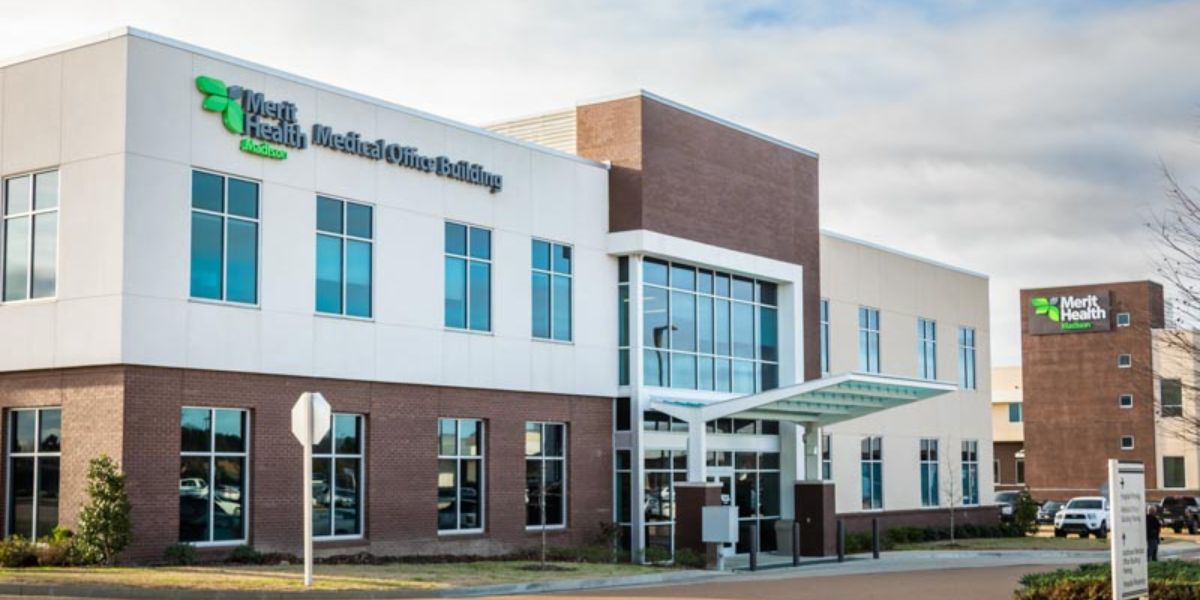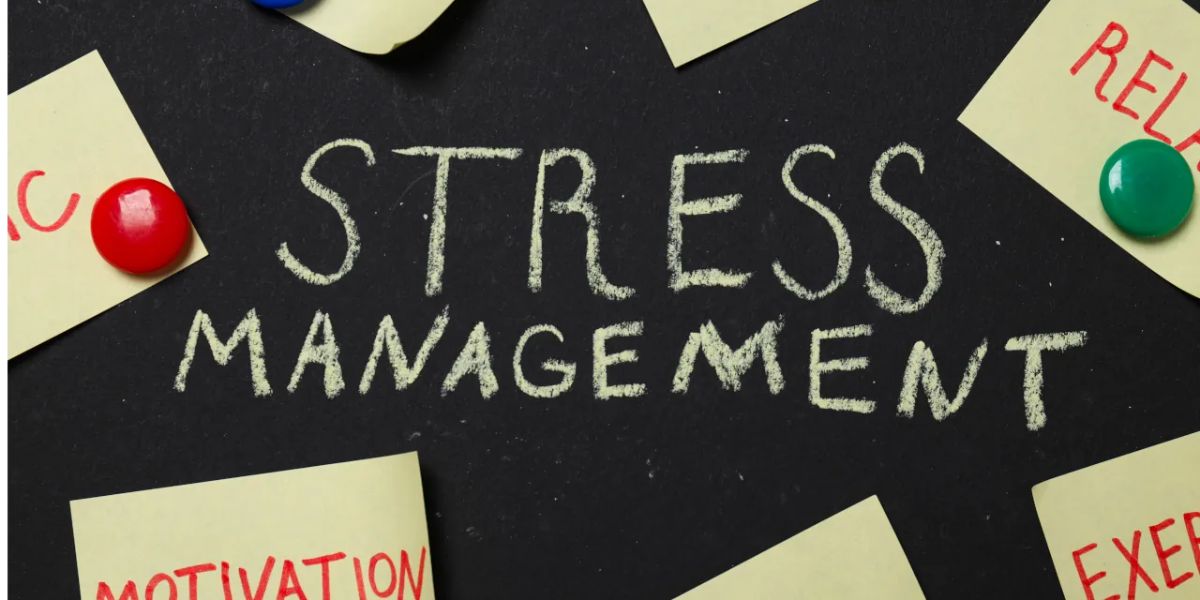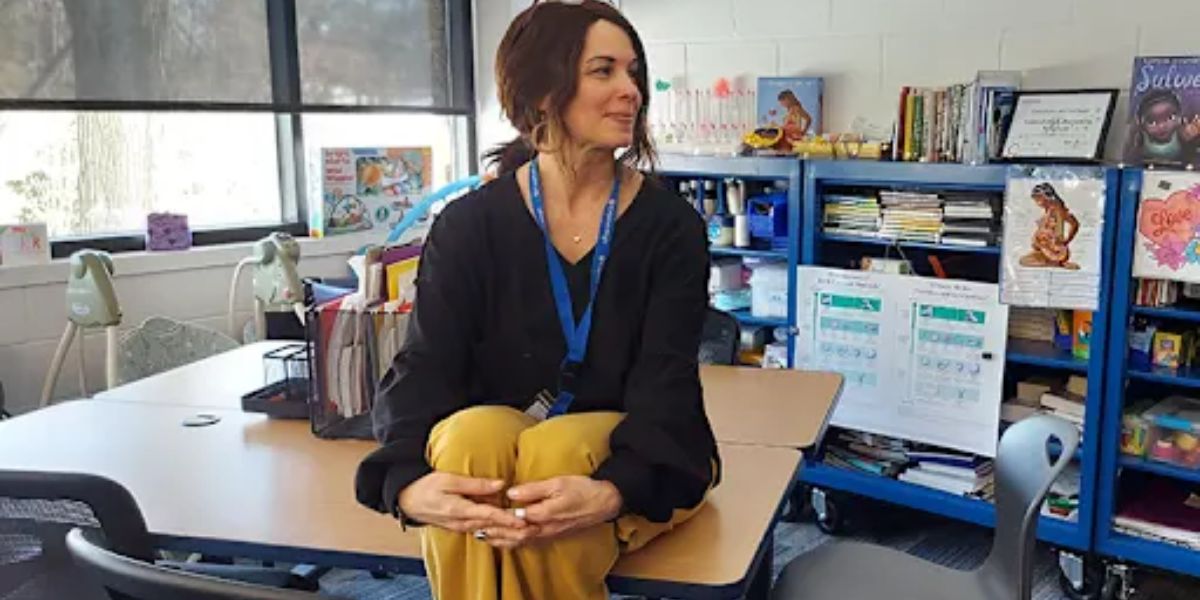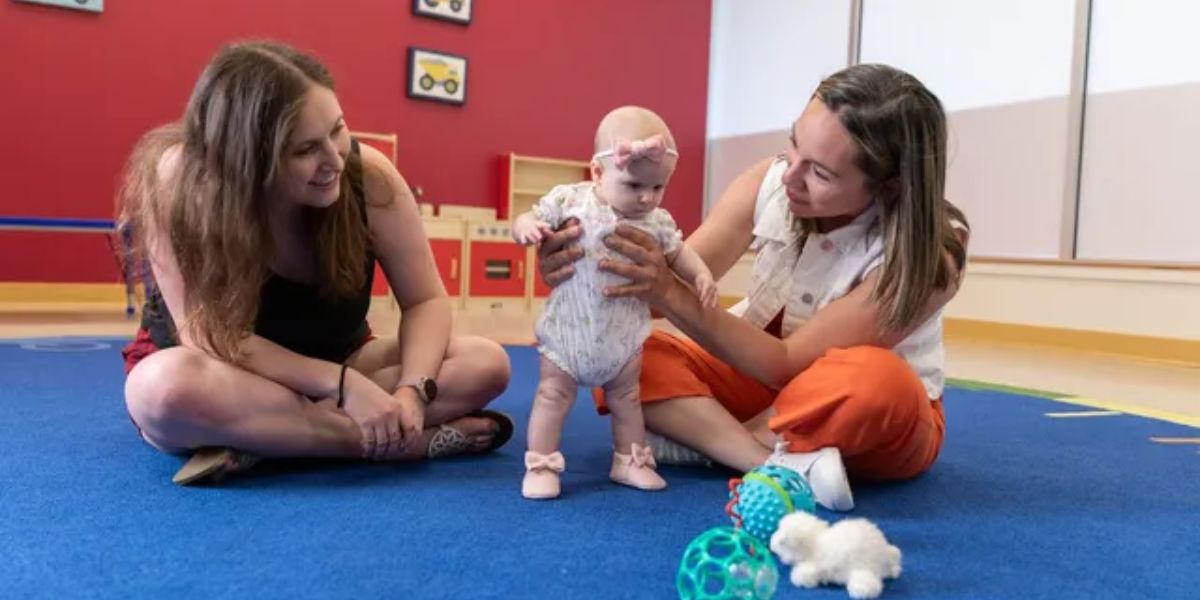Madison County has seen growing attention toward youth substance use prevention, as local health officials, schools, and families unite to address the challenges of early drug and alcohol exposure. Understanding current trends, community efforts, and effective prevention strategies is key to protecting young residents and fostering healthier futures.
Understanding Current Substance Use Trends
Over the past decade, Madison County has experienced shifting patterns in youth substance use. While traditional substances like alcohol and tobacco remain prevalent, new challenges have emerged, particularly with vaping, prescription misuse, and marijuana use.
Table of Contents
Health professionals report that the ease of access to nicotine vapes and the perception that marijuana is “less harmful” have contributed to rising experimentation among teens. Surveys from Indiana youth wellness programs also highlight that social pressure and stress management are key reasons young people try substances.
Local experts note that while opioid misuse among youth has declined slightly, prescription medication diversion—when teens use medications not prescribed to them—remains a pressing concern.
The Role of Schools in Early Prevention
Schools in Madison County play a critical role in shaping healthy attitudes toward substance use. Educators and counselors collaborate on evidence-based prevention programs designed to improve emotional regulation, decision-making, and peer communication skills.
Many high schools have adopted LifeSkills Training and Too Good for Drugs, programs that equip students with tools to handle peer pressure and recognize risky behaviors. Teachers are trained to identify early warning signs, while partnerships with local clinics help connect families with behavioral health support when needed.
These efforts are complemented by student-led peer programs that promote leadership and open discussions around substance use, reducing the stigma that often prevents young people from seeking help.
Family and Community Involvement
Families are one of the most effective protective factors against youth substance use. In Madison County, family-based prevention initiatives are expanding through community partnerships with social service agencies.
Workshops teach parents how to start conversations about substance use, recognize early signs of addiction, and set clear boundaries. Maya Collins, a licensed clinical social worker and family program director, emphasizes that “early and honest communication within families is the foundation of prevention.”
Community centers, churches, and youth organizations have also joined these efforts, creating spaces where young people can find mentorship, participate in after-school programs, and build healthy social networks.
The Role of Behavioral Health Services
Behavioral health professionals across Madison County provide critical support for at-risk youth. Through trauma-informed care, counselors work to uncover underlying causes that lead to substance use, such as anxiety, depression, or family conflict.
Local clinics have begun integrating mental health screening into primary care visits, ensuring that emotional well-being is monitored as closely as physical health. Daniel Harris, a family nurse practitioner specializing in integrated care, notes that combining behavioral and medical services “helps identify risk factors early and builds a bridge between prevention and recovery.”
Countywide Prevention Partnerships
The Madison County Health Department, in collaboration with schools and nonprofits, leads several countywide campaigns promoting prevention and recovery awareness.
Initiatives like the “Talk. They Hear You.” campaign focus on encouraging parents to discuss substance use early. Community-based coalitions organize events such as Drug Take Back Days, where families can safely dispose of unused medications, reducing opportunities for misuse.
These coalitions also track local data trends to tailor outreach efforts for the most vulnerable groups, including rural youth and students facing economic hardship.
Innovative Strategies in Prevention
As technology continues to shape youth culture, Madison County organizations are exploring digital outreach as a new prevention tool. Social media campaigns designed by students themselves share messages on resilience, coping skills, and healthy lifestyle choices.
Virtual counseling and telehealth services have also made it easier for families to access help discreetly, particularly in rural areas where in-person clinics are limited. These approaches, combined with traditional outreach, reflect a broader move toward comprehensive, accessible prevention strategies that meet youth where they are.
Building a Healthier Future for Madison County Youth
Reducing youth substance use requires sustained collaboration across families, schools, and local health agencies. The combination of early education, mental health support, and community engagement offers a clear path toward a healthier, more resilient generation.
Madison County’s efforts are proving that prevention is most effective when it is community-driven, compassionate, and consistent. By continuing to invest in young people through education, support, and open dialogue, the community can help ensure every youth has the chance to grow free from the harms of substance use.
What do you think about Madison County’s current prevention efforts? Share your thoughts and ideas in the comments below on mcchc.org.












